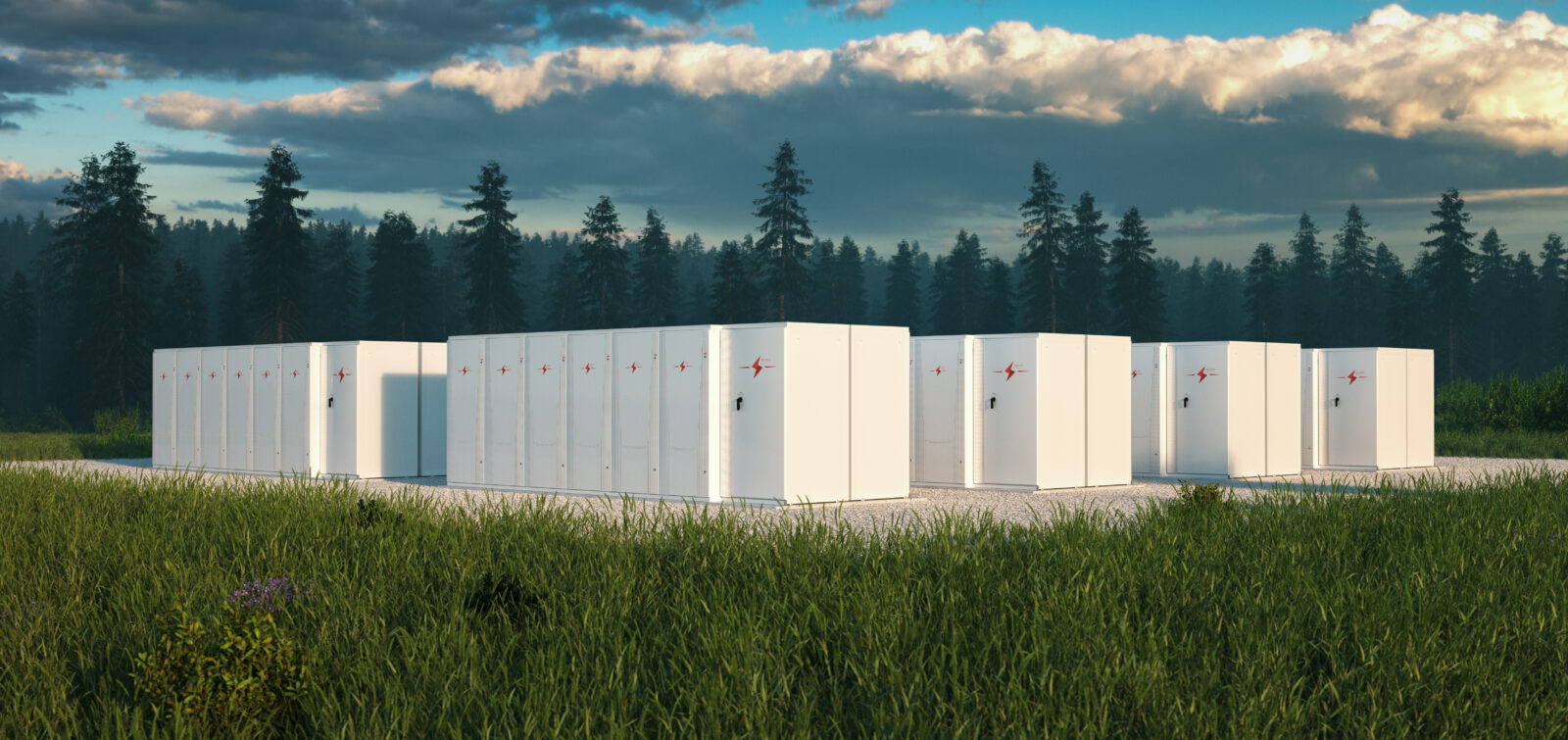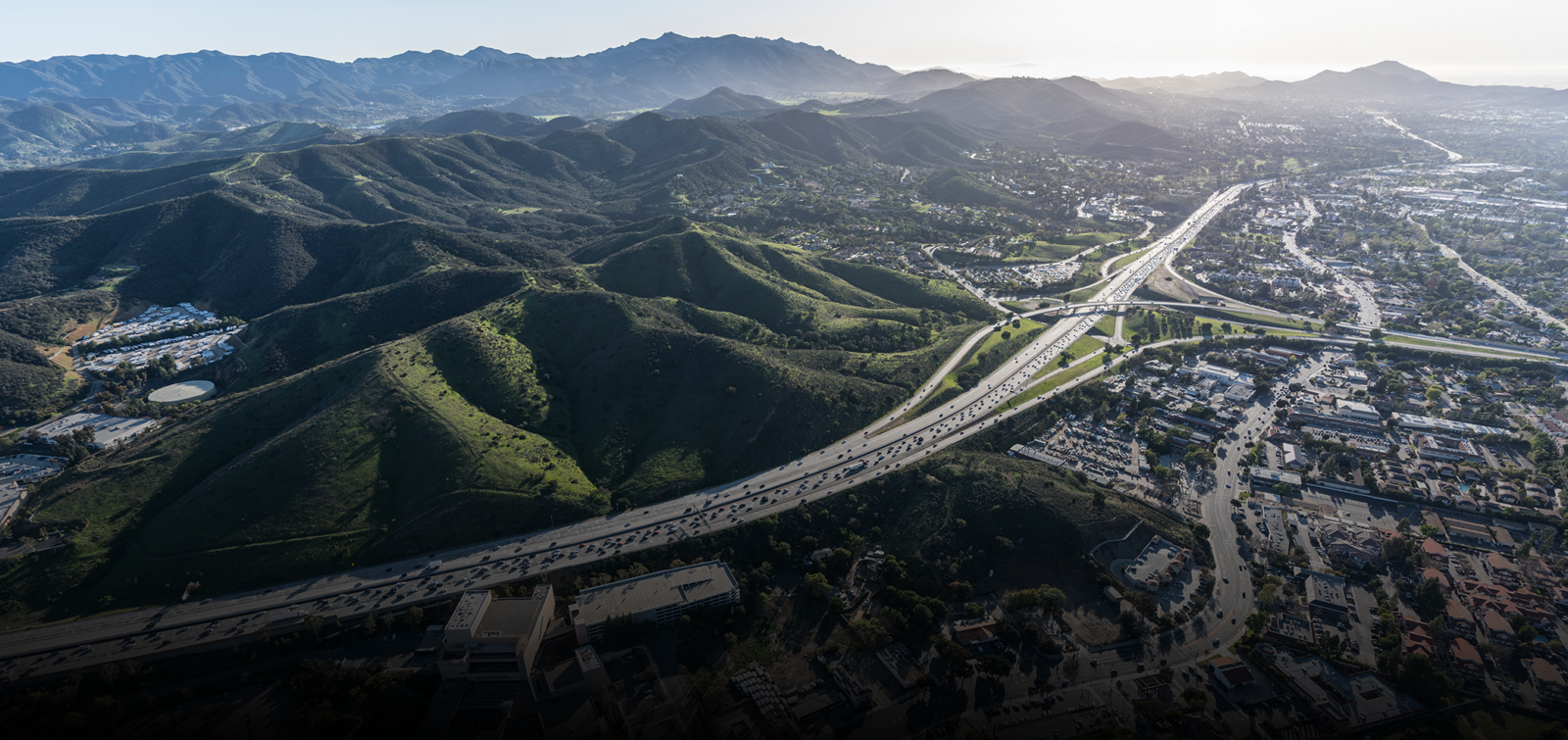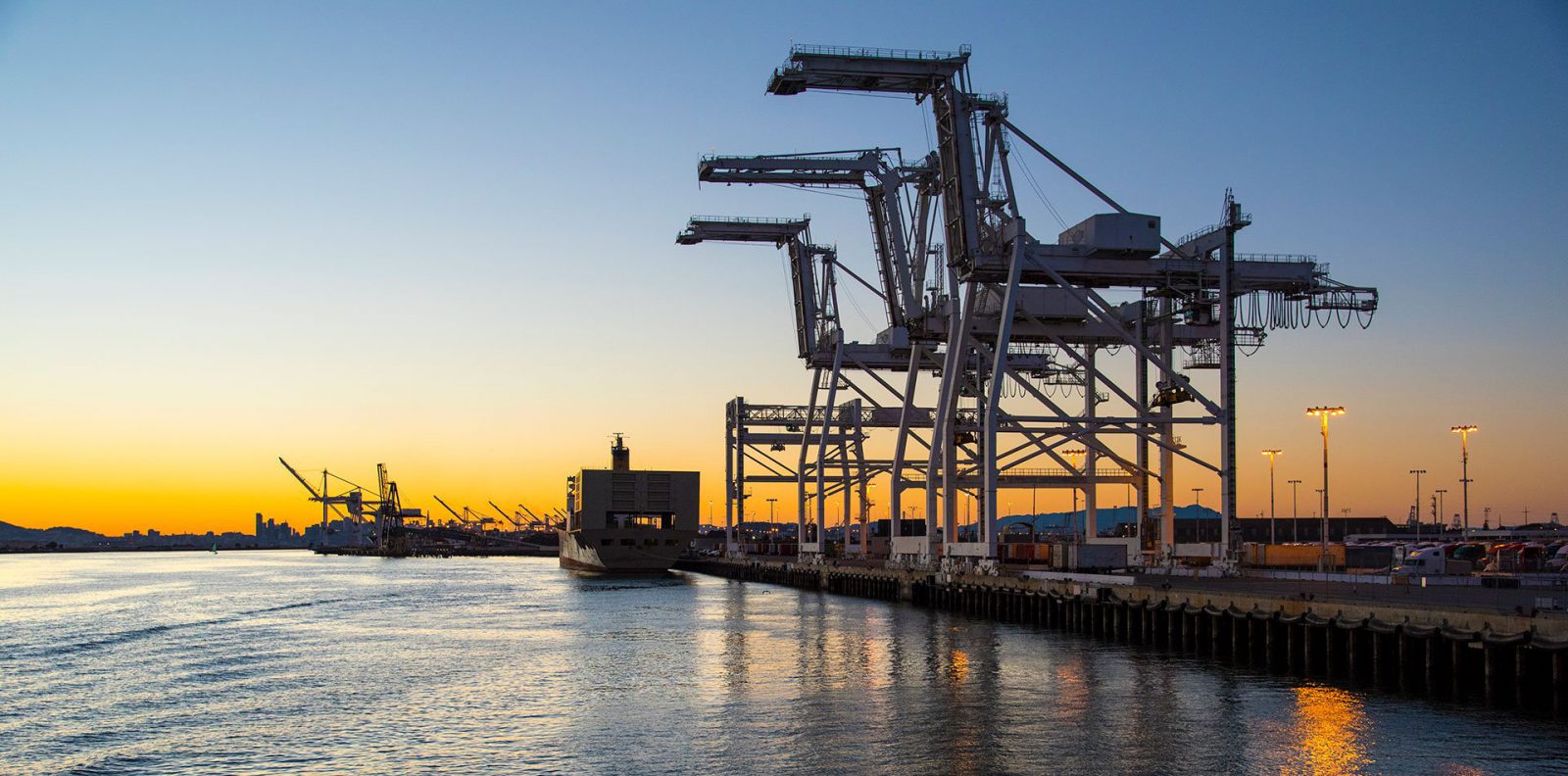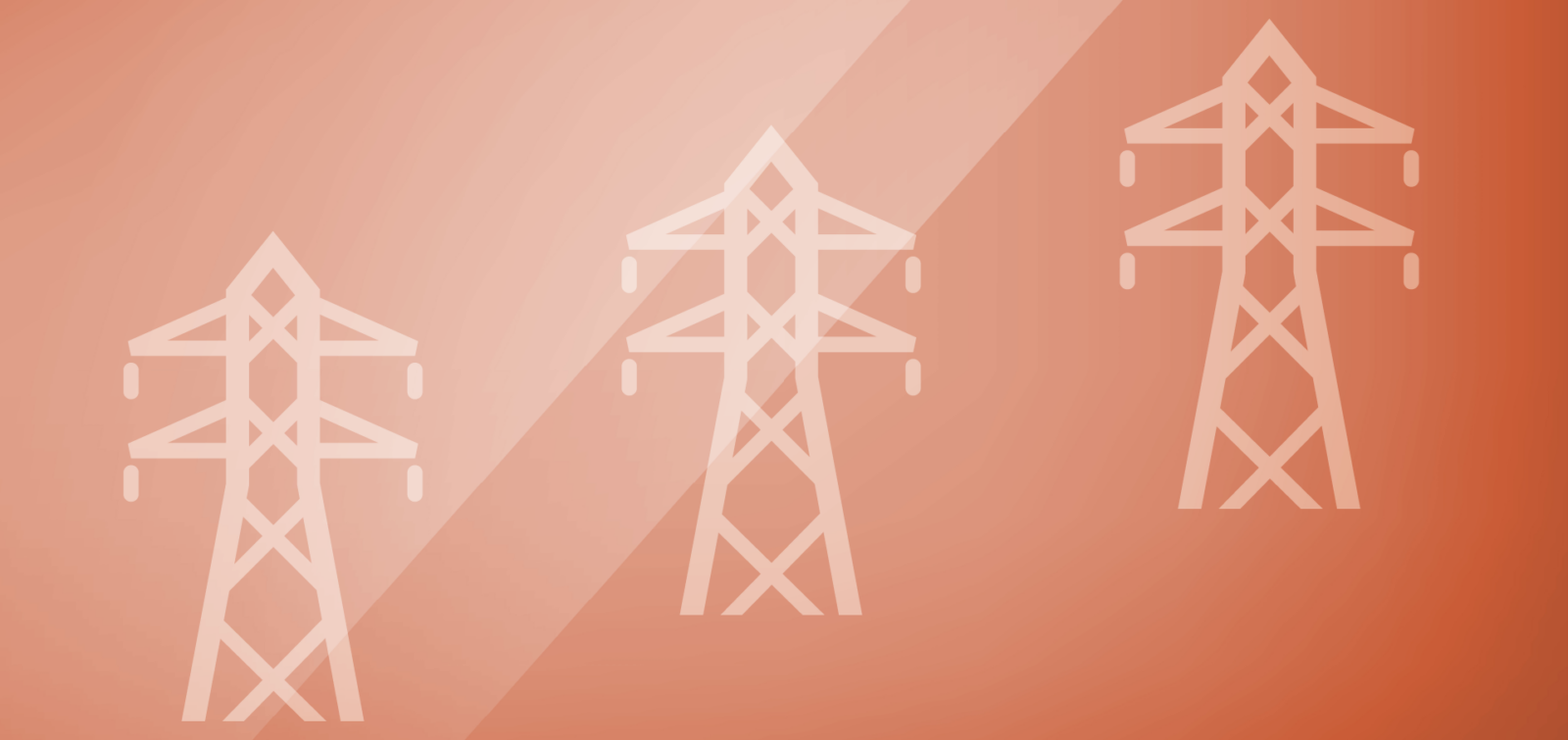ESA’s team of community and environmental planners, climate scientists, and technical specialists work with myriad private and public clients within the wide-ranging Community Development market who aim to create projects that range in scale from buildings to campuses to communities. As we move into 2024, we have our eyes on the trends that are affecting community development interests across the country.
1. Unprecedented funding for climate resilience is fueling opportunity.
Federal, state, and local sources of funding, combined with increased public awareness and regulatory frameworks at the state level, are increasing opportunities for communities to better understand their vulnerability, as well as opportunities to mitigate and adapt to climate change. Importantly, we are seeing increased opportunities for studies that identify and address strategies to mitigate environmental justice racial disparity impacts, displacement, and the need to improve conditions in overburdened communities.
2. Continued prospects in the housing market.
Rising interest rates, construction costs, and constrained materials supply chains are challenging the residential market. However, as noted by the Urban Land Institute’s Emerging Trends in Real Estate in the United States and Canada 2024, the US economy has shown resilience. Increases in interest rates have plateaued, and high levels of demand continue to drive housing entitlement and production activity in many of the areas of the country where ESA is working. Limited housing supply is creating crises in availability of affordable housing for the local workforce, contributing to increases in the population of unhoused. Long-term trends in household formation are expected to continue to increase demand for housing at all economic levels, especially for low- and moderate-income families.
3. Post-pandemic changes in work patterns leading to adaptation within the office market.
The economic and lifestyle incentives that during the COVID-19 pandemic proved to make remote work beneficial, combined with the economic stresses caused by inflation, are resulting in a reassessment of the traditional office market. We are seeing trends toward adaptive reuse of commercial office spaces, with proposed conversions to alternative uses, including logistics, residential, and visitor-serving facilities.
4. Ongoing escalation of e-commerce and societal dependence on the internet.
Societal reliance on the internet and the resulting rapid escalation of e-commerce are creating the demand for substantial development in the industrial sector (logistics and data centers). The opportunity to repurpose (adaptive re-use) major retail shopping developments is creating infill revitalization opportunities for communities and developers to deliver housing and jobs for communities in need of investment.
5. Growing and evolving demand for healthcare new medical and care facilities.
A larger aging population and increased concern and awareness of health factors is increasing demand for healthcare facilities as well as age-qualified and assisted living developments. Further, the combination of evolving technologies and standards of healthcare delivery and the aging of hospital and medical office buildings is resulting in a need for new and/or replacement healthcare facilities.
6. A rising tide of construction in new sports and entertainment facilities.
New construction and renovation of existing sports and entertainment facilities are taking place in cities across the country. According to the Associated Press, in a survey last year undertaken by the Global Sports Institute at Arizona State University, 60 percent of respondents viewed professional sports teams as a necessary cultural component in their community. Major league, minor league, and college-level sports facilities are at the center of economic development plans in communities of all sizes.
Find out about our team and capabilities for Community Development here: https://esassoc.com/market/community-development/







